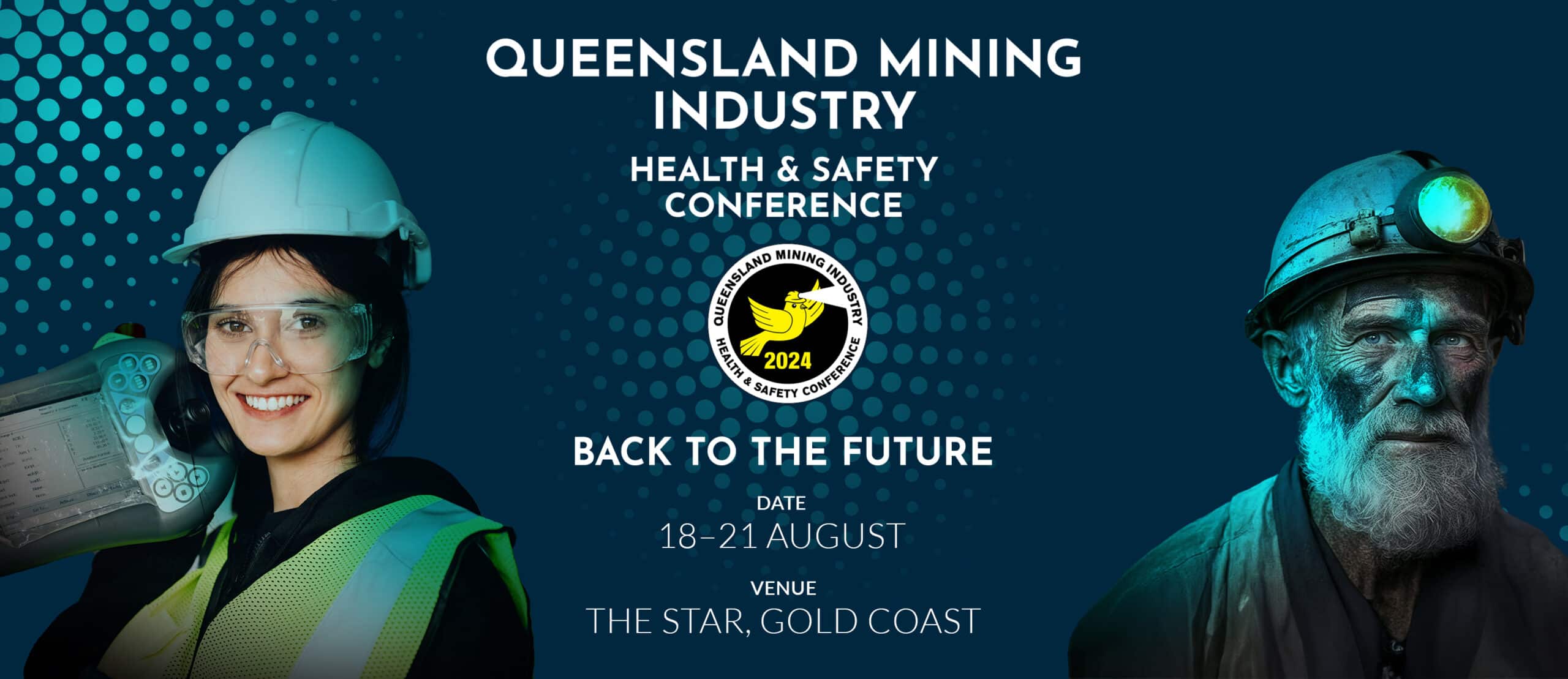Dr Fiona Clarkson – Research Scientist, Simtars
ABSTRACT
Mines routinely monitor the gas profiles in their goafs and roadways to determine the current status of the mine as part of their principle hazard management plan for spontaneous combustion. Many mines typically monitor for hydrogen, oxygen, methane, carbon monoxide, carbon dioxide, ethane and ethylene using micro gas chromatographs.
This paper investigates the existence of other gases which may have the potential to be used to monitor the underground environment for early signs of a heating or developing spontaneous combustion event. Simtars collected goaf and roadway gas samples into Tedlar bags to determine the “normal” background levels of these gases.
The gases analysed for included aliphatic hydrocarbons to C10, Benzene, Toluene, Ethyl Benzene and Xylene (BTEX) and aldehyde compounds. In addition to classical analytical techniques such as Gas Chromatography / Mass Spectroscopy (GC/MS) and High Pressure Liquid Chromatography (HPLC), a new micro gas chromatograph configuration previously developed by Simtars was used to conduct the analysis for aliphatic hydrocarbons to C6 and BTEX.
This paper provides a summary of the extended aliphatic hydrocarbon, BTEX and aldehyde gas profiles found in the longwall goafs and roadways of the surveyed Queensland and New South Wales mines.


